|
As a cinematographer, I’ve learned the hard way that it is always good to have a solid plan before tackling any production. I’ve been on sets where I’ve forgotten lenses, didn’t charge my batteries, and have lost the quick shoe for my tripod! Always have a plan and list of all the essentials you will need! Recently our studio produced a larger scale commercial that was both time sensitive and complex. For the most part, the shoot ended up going smoothly, which I attribute to our team and the vast amount of pre production. Below is an outline of the major factors you should think about before going into any production. 1. What kind of project am I shooting? There’s a million different ways to approach a project, but be mindful about the kind of project you are producing. Are you shooting a commercial? Short Film? Music Video? Explainer Video? Anytime I am given a project to produce or shoot, I immediately start researching other projects that are similar. Watch everything from this years successful Super Bowl Commercials to the local furniture commercial. Pay attention to what works and what doesn’t work. Most importantly, work with your director to see how he wants to approach it. It is your job to bring his vision to life.! 2. Scout! Scout! Scout! I don’t think I can emphasize this enough. Scouting is just as important as everything else. The right location can make or break your project. For me, scouting always seems to inspire new ideas. Be creative with your space! Have a camera with you and take pictures from every angle. This will help you later when putting together your shot list, lighting set up, and storyboard. What are my limitations with this space? What is the lighting like? Can I use the available light to tell my story? Where can I store my equipment so it is out of the way? Are there enough outlets to plug in my gear? Is this an actual business and will we be interrupted patrons? 3. Casting Most of the time casting is really up to the director and producer, but it is up to us to make the talent look good on camera. Skin tones, hair color, and wardrobe are only a few things for us to consider when it comes to shot composition and lighting. How many actors will there be in the scene? Where will they be positioned? Do they have dark skin or light skin? 4. Planning Now that we know the project, location, and cast, it is now time to start planning the shoot. Always keep it simple! I know a lot of us want to use all the gadgets and have those long cinematic takes, but a lot of the time the simplest approach is the best approach. Diagram your lighting setups for each scene. This will help you tremendously on the day of shooting. Try to have multiple scenes pre lit. This way you can easily transition from one scene to the next. If you can, try and group scenes together based on their proximity. Know which equipment, lenses, and camera settings you will use for each scene. 5. Schedule Prior to your shooting day, make sure you have scheduled each scene, scheduled actors call times and any allotted breaks. It is your job to let the director know beforehand if certain lighting and camera setups are going to take longer than others. The worst thing is having your talent sitting on set waiting for you to be ready. Keep the talent in the green room until you are ready for them. Know your call time! Make sure to have checked all your equipment, have back up gear, and all your batteries charged! Have your shot list up to date and prioritized by necessary shots and your dream shots. 6. Shooting Day On your shooting day, stick to your schedule no matter what! Know how long you have to setup and shoot each scene. Have all of your equipment out of the way, but easily accessible in case you need something on the fly. Stick with the shot list that you and the director put together. If you have extra time, then you can get your dream shots. Plan for everything that can go wrong! Dan Herzog
1 Comment
Leave a Reply. |
OAKNOTESCategoriesArchives
February 2018
|

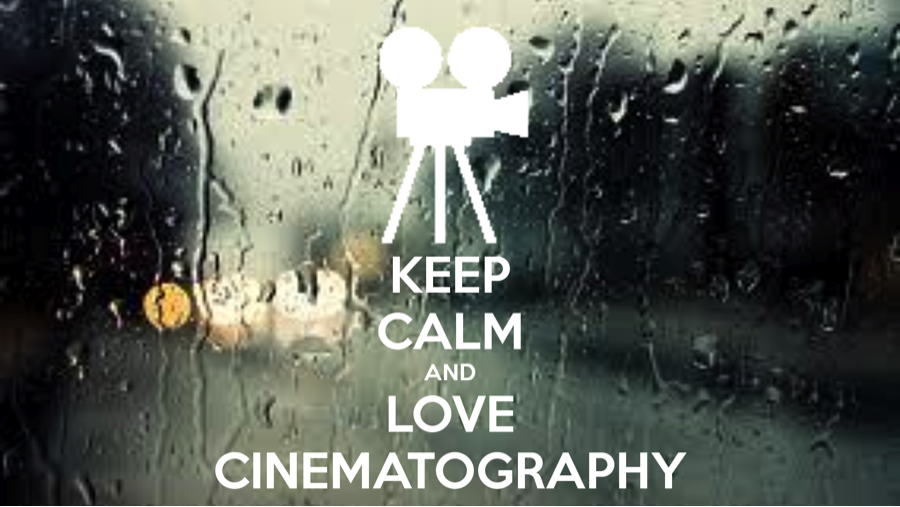
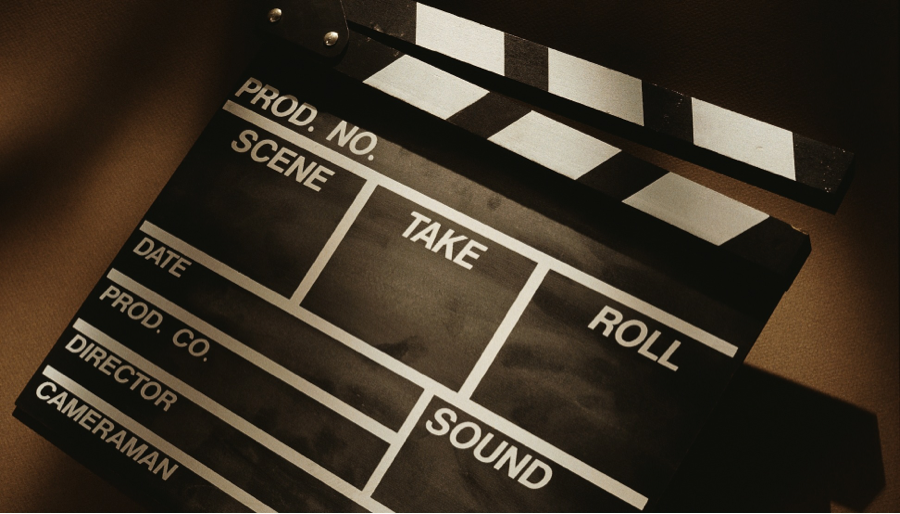
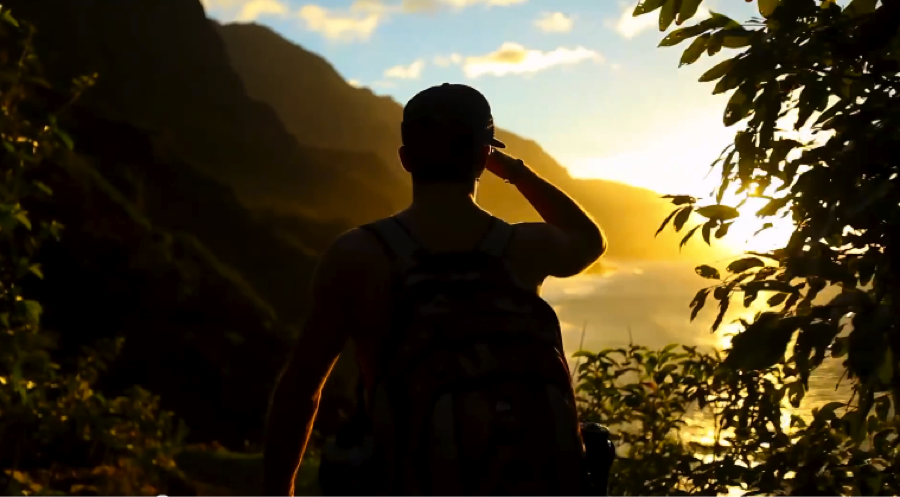
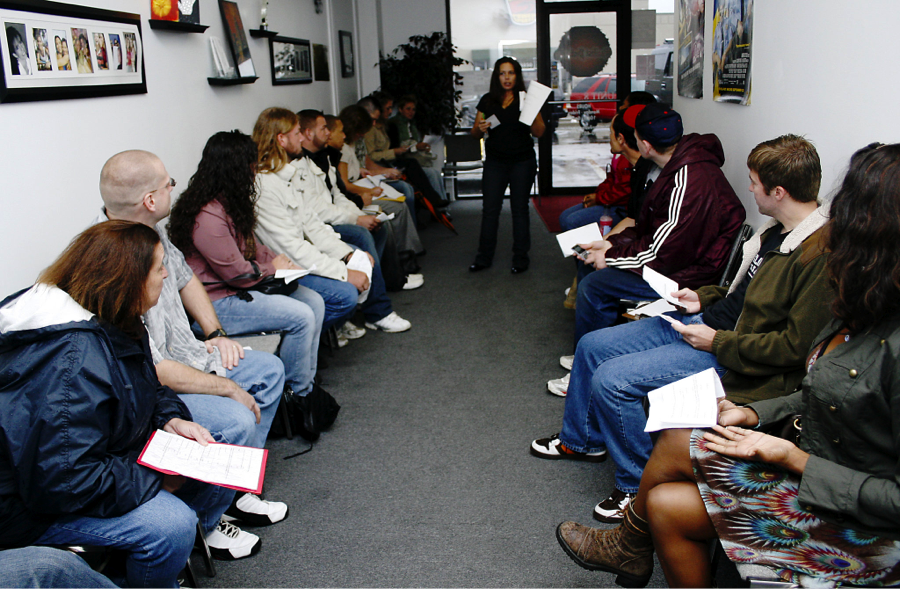
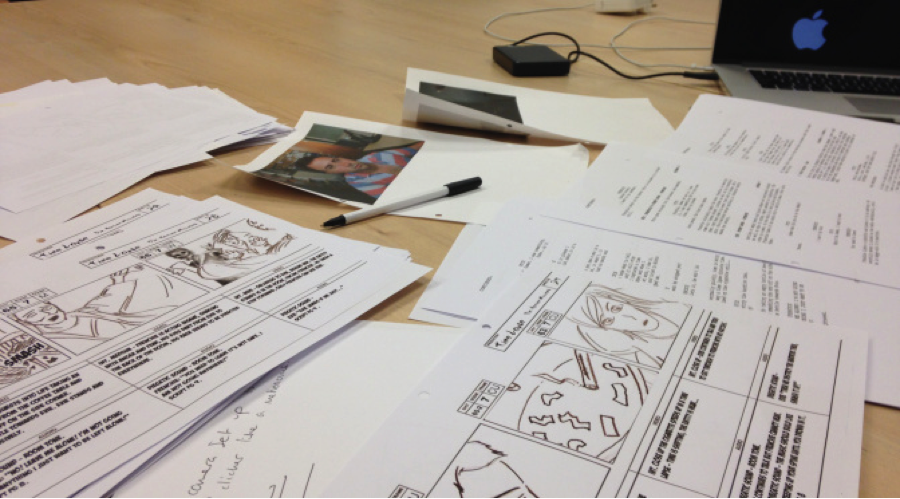
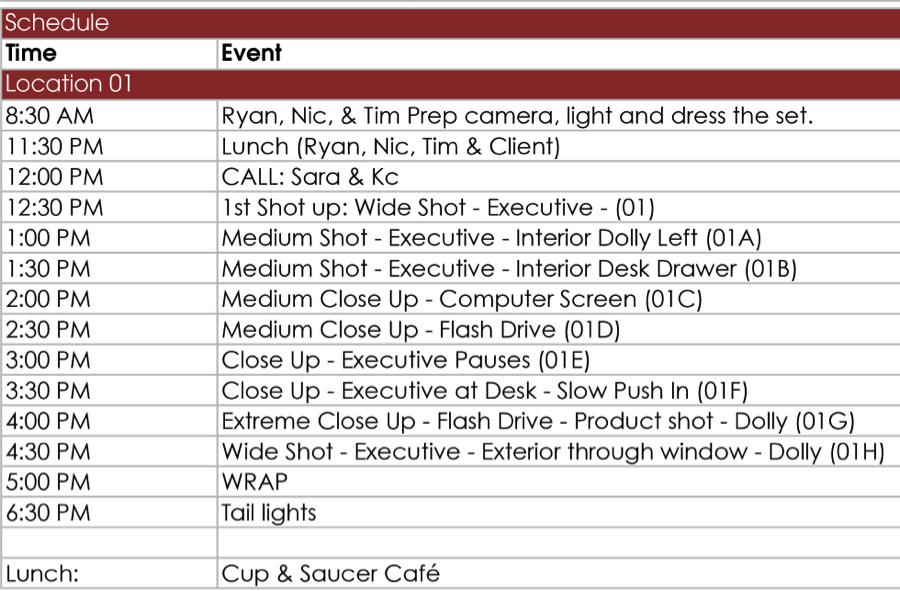
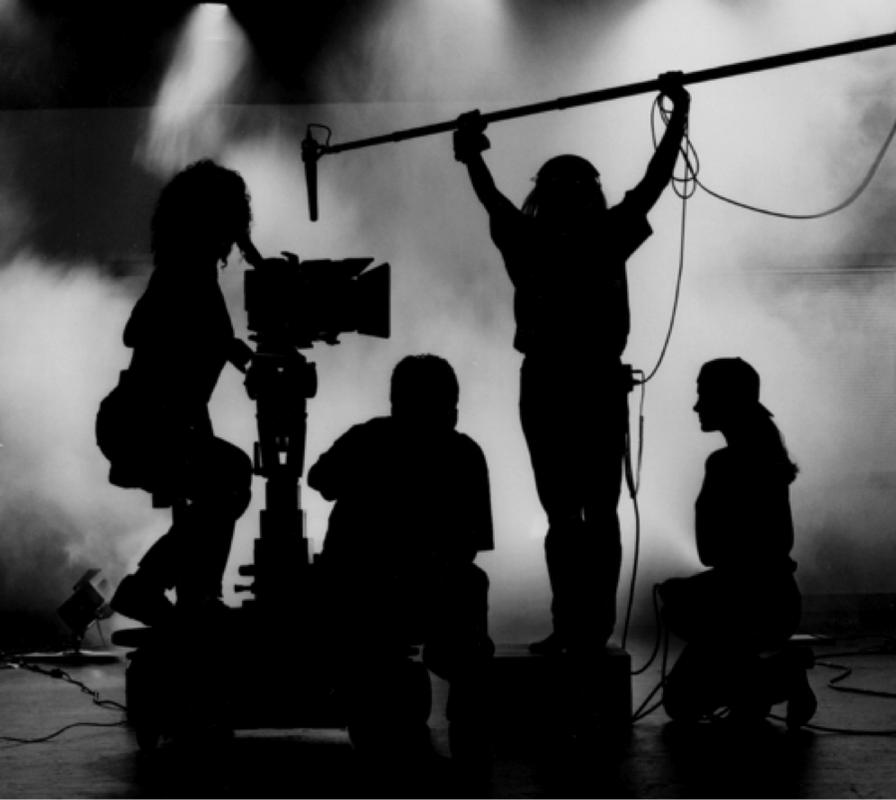
 RSS Feed
RSS Feed